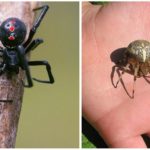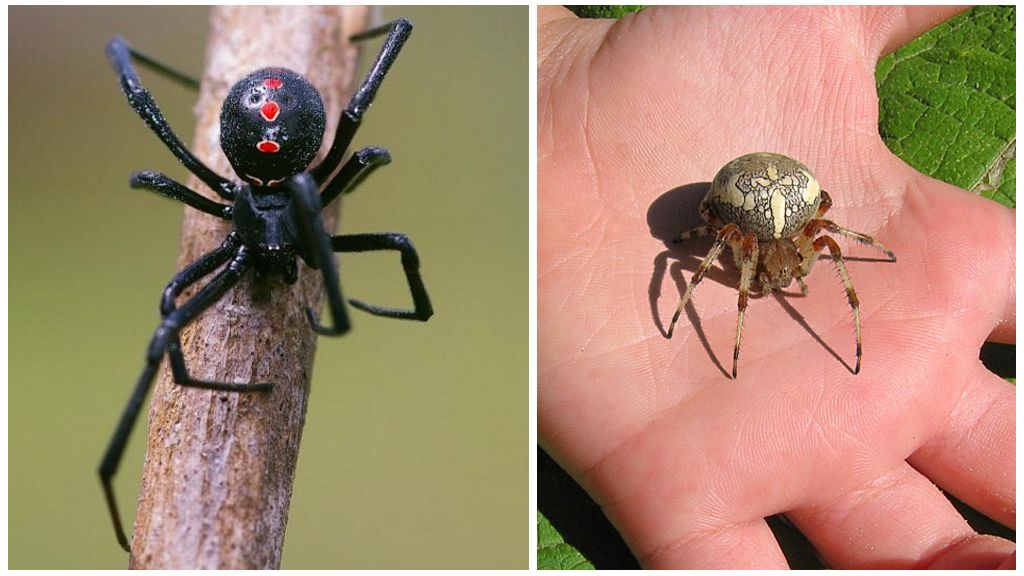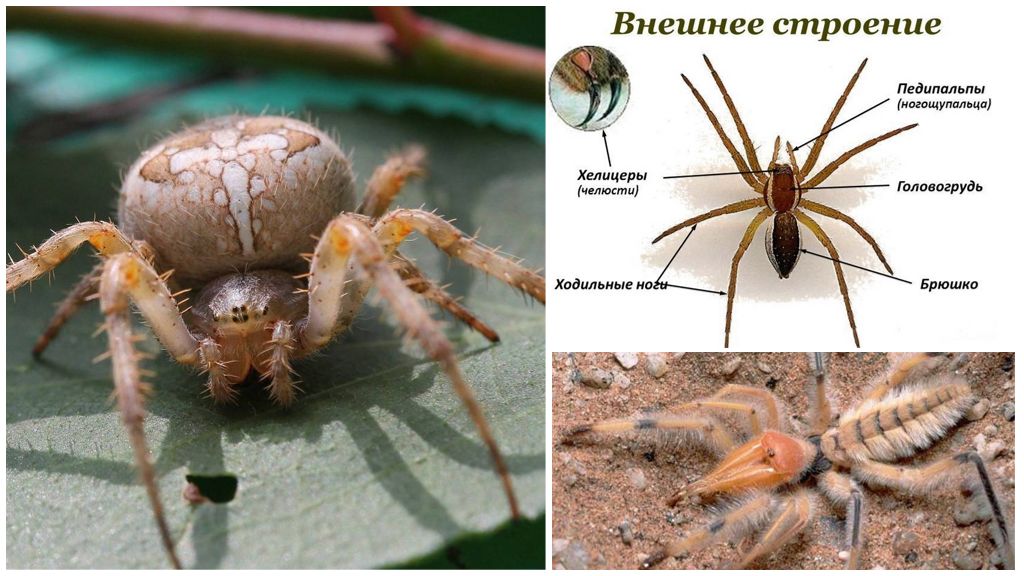How many spider paws
- Spider legs
- Spider legs
How many legs a spider has, the answer is always unambiguous - 8. They are attached to the cephalothorax, consist of segments, have a complex structure. The limbs end in a paw, with which they hold on to the surface. In some species of spiders, chelicerae are highly developed, which are almost as long as the front limbs, and perform almost the same functions. Outwardly, it looks like an animal has 10 limbs.
How many spider paws
In the world there are 42 thousand species of arachnids living on different continents of the globe. Differ in size, lifestyle, appearance.It is always possible to answer with accuracy that the spider has 8 legs. Four on each side of the cephalothorax. All legs are walking because they help the arthropods move.
Leg structure:
- pelvic segment;
- helmets;
- femoral part;
- knee;
- shin;
- calcaneal segment;
- foot.
The last part often ends with a claw, armed with spikes, or has the appearance of claws. The longest of all pairs of paws are the front, the rear - the fourth. The second ones are the shortest, the third ones have the average length. The size of walking legs is on average 2 cm, the longest legs are 15 cm, according to some information - 35 cm.
Interesting!
The greatest length of walking legs in goliath spiders, the hunter comes to 15 cm. In second place is the giant baboon spider, Brazilian wandering - 9 cm. In Tegenaria, the length of the legs of the spider reaches 7 cm, and in the nephila - 5 cm.
Limb functions
Regardless of the species, the legs of the spider perform identical functions. The most important of them is the walking one, which allows the animal to move. The length, the structure may be slightly different, so the speed and method of movement varies. Spiders crawl slowly, run fast, walk sideways, jump long distances.
8 pairs of legs are covered with fibers, which perform the functions of organs of smell and touch.It is the limbs that help the animal to orient themselves in space, to hear smells and sounds. Being in an unknown area, the spider gently shuffles its paws in front of itself, and only then begins active movement.
The functions of the forelimb of a spider are very diverse. They predator captures, holds prey, digs the ground for the construction of holes, weaves a web, forms a cocoon, sits the young on his back, and then throws them over long distances.
Chelicera and pedipalps
In some species of spiders, long chelicerae are formed on the front part of the cephalothora, which are only slightly inferior to the front limbs. They are often confused with the legs, claiming that the spider's paws are 10. A similar situation with pedipalps. Functions chelizer, pedipalp - chew, chop, knead the food. The first are located in front of the oral cavity, resemble claws, in rare cases, end with a claw. Pedipalps are mobile tentacles with which the spider kneads food. Photos of animals with the most developed chelicera, pedipalps located below.
Why should a spider 8 feet
For everyday life, the performance of all the functions of arachnid 6 limbs missingas it happens in insects. Eighth pair of reserve, in case if in a fight with the enemy the legs are torn off, injured. In the wild, a lot of spiders do not live with full-fledged 8 paws, but 7, 6, 5. When such specimens are found, doubts creep in a person about whether the experts thought correctly.
On a note!
Lost limbs do not grow back, but with 6 paws, the arthropod continues to live a full life - to hunt, fight with enemies, multiply, weave cobwebs.









